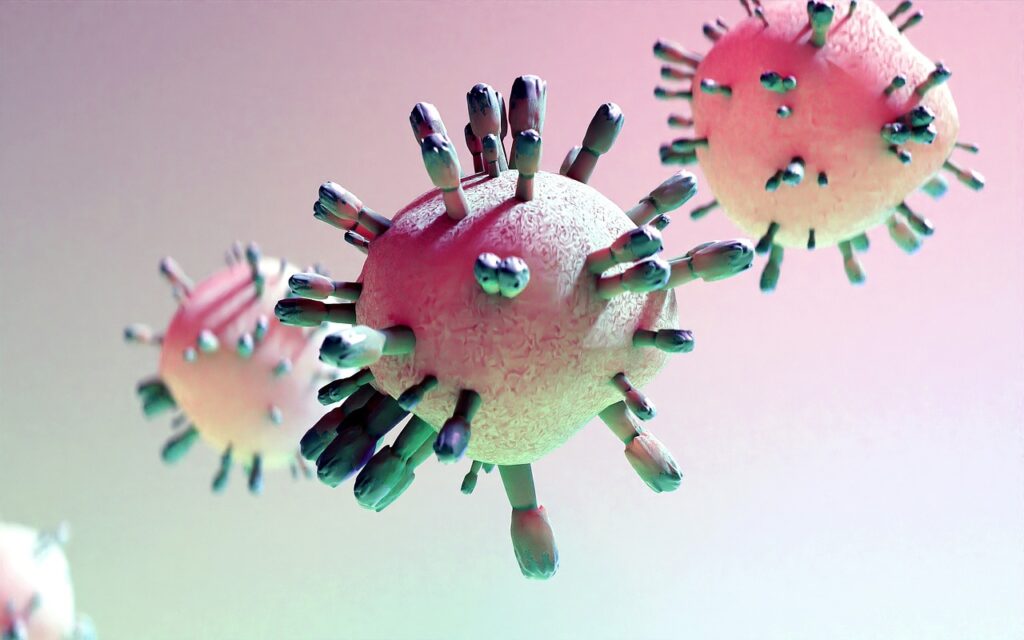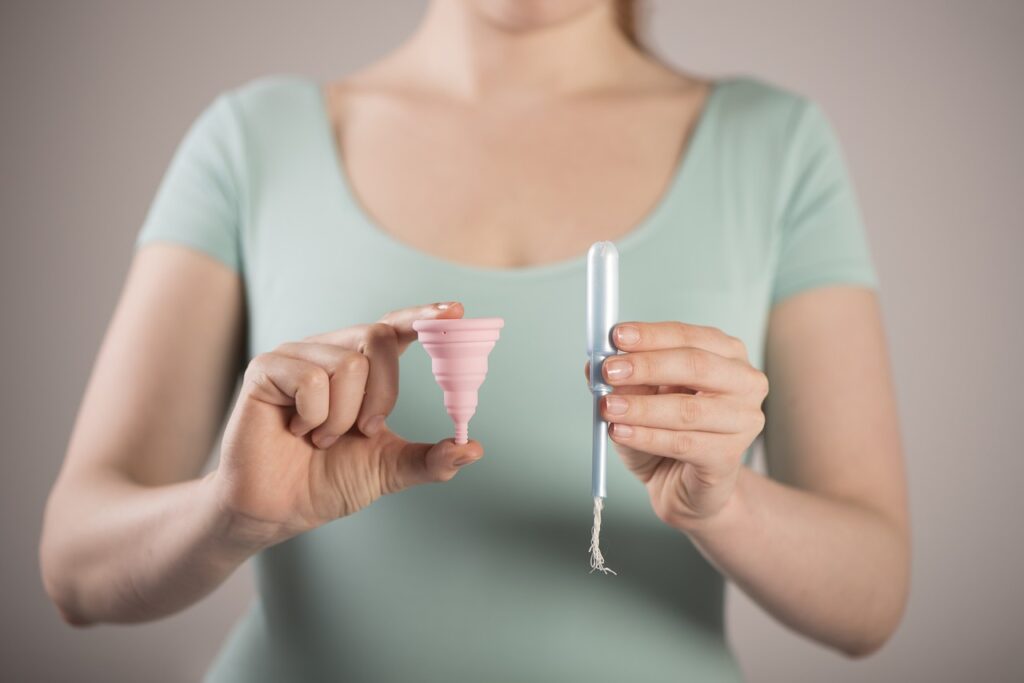Table of Contents
Are bidets hygienic?
Yes, bidets are considered hygienic and can provide a higher level of cleanliness compared to using toilet paper alone. Bidets hygiene is and effective feature commonly used in many parts of the world, including Europe, Asia, and the Middle East. They are designed to clean the genital and anal areas with a gentle stream of water.
Here are some reasons why bidets are considered hygienic:
- Thorough cleaning: Bidets use water to cleanse the area, which can be more effective in removing residue and bacteria compared to using toilet paper. Water can help to wash away impurities and promote a higher level of cleanliness.
- Reduced irritation: Toilet paper can sometimes cause irritation, especially for individuals with sensitive skin or certain conditions. Bidets can be a gentler and more soothing alternative, as they do not involve abrasive rubbing or the use of chemicals that may be present in some toilet paper.
- Personalized settings: Many bidet models offer adjustable water pressure and temperature settings, allowing users to customize their cleaning experience according to their preferences and comfort levels.
- Reduced reliance on toilet paper: By using a bidet, you can minimize the amount of toilet paper needed for cleaning. This can be environmentally friendly and potentially reduce the risk of clogging toilets due to excessive toilet paper usage.
- Enhanced hygiene for individuals with specific needs: Bidets can be particularly beneficial for individuals with certain health conditions, such as hemorrhoids, urinary tract infections, or limited mobility. The gentle water stream can provide relief and help maintain cleanliness more effectively.
It’s important to note that bidets should be used properly to ensure hygiene. After using a bidet, it’s recommended to gently pat the area dry with toilet paper or a towel to prevent excess moisture. Additionally, bidets should be cleaned and maintained regularly to avoid the buildup of bacteria or other contaminants.
Can using a bidet cause any discomfort?
Using a bidet should not cause any discomfort if used correctly. However, individual experiences may vary depending on personal preferences, water pressure settings, and the specific bidet model being used. Here are a few considerations:
- Water temperature and pressure: Bidets often provide adjustable settings for water temperature and pressure. It’s important to find the settings that are comfortable for you. Some people may prefer a gentle stream, while others may prefer a stronger one. Experimenting with different settings can help you find the optimal level of comfort.
- Sensitivity and tolerance: Everyone has different levels of sensitivity, and what feels comfortable to one person may not be the same for another. If you have particularly sensitive skin or any pre-existing conditions, it’s advisable to start with lower water pressure and gradually increase it if desired.
- Proper positioning: Ensuring proper positioning while using a bidet is important. Properly aligning yourself with the water stream can help maximize comfort and effectiveness. Adjust the seat or your body position as needed to achieve the desired aim and coverage.
- Familiarity and adaptation: If you’re new to using a bidet, it may take some time to get used to the sensation and technique. It can feel different from using toilet paper alone, but with a bit of practice and adaptation, many people find bidets to be a comfortable and preferred method of cleaning.
If you experience any discomfort while using a bidet, it’s recommended to adjust the settings or consult the user manual for guidance. If the discomfort persists or worsens, it’s advisable to consult a healthcare professional for further evaluation.
Can using a bidet cause any health problems?

Using a bidet properly and maintaining good hygiene practices should not cause any health problems. However, there are a few considerations to keep in mind:
- Contaminated water: If the bidet is connected to a clean water source, such as the plumbing system in your home, the risk of contamination is low. However, if the bidet is connected to a non-potable water source or the water supply is not adequately treated, there could be a risk of microbial contamination. It’s essential to ensure that the water used for bidet cleansing is clean and safe.
- Cross-contamination: Proper cleaning and maintenance of the bidet are important to prevent cross-contamination. The bidet should be cleaned regularly and following the manufacturer’s instructions to avoid the growth of bacteria or other pathogens. Additionally, it’s crucial to avoid direct contact between the bidet nozzle and the body to prevent the transfer of bacteria.
- Inadequate drying: After using a bidet, it’s important to ensure that the genital and anal areas are properly dried to prevent moisture-related issues such as skin irritation or the growth of bacteria. Gently patting the area dry with toilet paper or a towel is recommended.
- Allergic reactions: Some individuals may have allergies or sensitivities to certain materials used in bidet construction, such as plastic or certain cleaning agents. If you have known allergies, it’s advisable to choose a bidet made of hypoallergenic materials or consult the manufacturer for information about the materials used.
It’s important to note that bidets, when used correctly and in conjunction with good hygiene practices, are generally considered safe and hygienic. If you have specific health concerns or conditions, it’s always a good idea to consult with a healthcare professional for personalized advice.
Can a handheld bidet be used during pregnancy?

Yes, a handheld bidet can be used during pregnancy. In fact, many pregnant individuals find handheld bidets to be a convenient and hygienic option. Here are a few points to consider:
- Comfort: During pregnancy, some individuals may experience increased sensitivity or discomfort in the genital and anal areas. A handheld bidet can provide a gentle and customizable cleansing experience, allowing you to adjust the water pressure and temperature to your comfort level.
- Hygiene: Maintaining proper hygiene during pregnancy is important, and a handheld bidet can help you achieve that. It can provide a thorough cleaning of the genital and anal areas, promoting a higher level of cleanliness.
- Hemorrhoids: Hemorrhoids are a common concern during pregnancy due to increased pressure on the pelvic area. A handheld bidet can be particularly helpful for individuals experiencing hemorrhoids, as it offers a gentle and soothing cleaning method that minimizes irritation and discomfort.
- Convenience: As the belly grows during pregnancy, reaching the genital and anal areas can become challenging. A handheld bidet allows you to direct the water stream precisely where you need it, making it easier to maintain personal hygiene.
It’s important to note that everyone’s experience and comfort level may vary. If you have any specific concerns or questions about using a handheld bidet during pregnancy, it’s advisable to consult with your healthcare provider for personalized advice. They can provide guidance based on your individual needs and any specific considerations related to your pregnancy.
Can a handheld bidet be used for menstrual hygiene?

Yes, a handheld bidet can be used for menstrual hygiene. Many individuals find handheld bidets to be a convenient and effective method for cleaning during menstruation. Here are a few points to consider:
- Cleaning: A handheld bidet can provide a gentle and thorough cleaning of the external genital area during menstruation. The adjustable water pressure allows you to customize the cleaning experience according to your comfort level.
- Comfort and freshness: Using a bidet can help you feel clean and fresh during your menstrual cycle. It can be particularly useful for individuals who prefer an alternative to using traditional methods such as toilet paper or wet wipes.
- Soothing and reducing irritation: Some individuals experience skin sensitivity or irritation during their menstrual cycle. A handheld bidet can provide a gentle and soothing stream of water, minimizing irritation and promoting comfort.
- Hygiene: Proper hygiene during menstruation is essential to prevent infection and maintain overall cleanliness. Using a handheld bidet as part of your menstrual hygiene routine can contribute to better hygiene practices.
It’s important to note that everyone’s experience and preferences may vary. If you’re considering using a handheld bidet for menstrual hygiene, it’s advisable to try it out and see if it meets your needs and comfort level. Additionally, maintaining good menstrual hygiene practices, such as changing menstrual products regularly, is important for overall cleanliness and health
Can a bidet help with vaginal infections?
While bidets can provide a gentle and thorough cleaning of the external genital area, it’s important to note that they are not a treatment for vaginal infections. Bidets can potentially contribute to better hygiene practices, which may support overall vaginal health, but they should not be relied upon as a sole solution for treating or preventing infections.
Vaginal infections, such as yeast infections or bacterial vaginosis, are typically caused by imbalances in the vaginal flora or the overgrowth of certain microorganisms. These conditions often require specific treatments, such as antifungal or antibacterial medications prescribed by a healthcare professional.
However, maintaining good hygiene practices can help support vaginal health. Here are some general tips:
- Gentle cleansing: When cleaning the external genital area, including the vulva, it’s important to use a gentle and pH-balanced cleanser or simply warm water. Avoid using harsh soaps, douches, or any products with fragrances, as they can disrupt the natural balance of the vagina and potentially lead to infections.
- Avoid irritants: Steer clear of irritants that can disrupt the vaginal flora, such as scented sanitary products, tight synthetic underwear, or excessive use of panty liners. Opt for breathable cotton underwear and non-scented, hypoallergenic products.
- Proper wiping technique: When using toilet paper after urination or bowel movements, it’s advisable to wipe from front to back to prevent the transfer of bacteria from the anal area to the vagina.
- Regular changing of menstrual products: If you use tampons, pads, or menstrual cups, it’s important to change them regularly according to the manufacturer’s instructions. Prolonged use of these products can create a conducive environment for bacterial or fungal growth.
If you are experiencing symptoms of a vaginal infection, such as unusual discharge, itching, odor, or discomfort, it’s recommended to consult with a healthcare professional for an accurate diagnosis and appropriate treatment. They can provide guidance tailored to your specific situation and help address any concerns you may have.
